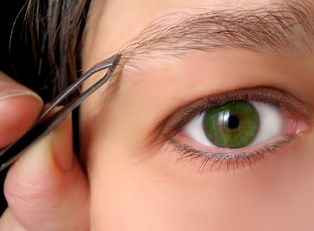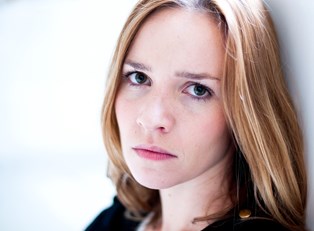Trichotillomania is a type of disorder in which people have an intense desire to pull out their hair. They may pull on hair in the scalp, eyelashes, eyebrows, and sometimes hair in the pubic area. Hair pulling may be mild for some people and debilitating for others. The following information discusses how trichotillomania is often diagnosed, available treatment options, and the different medical professionals who work with those suffering from this disorder.
Diagnosing Trichotillomania
Since there currently isn't a specific test used to identify trichotillomania, a diagnosis is generally based on symptoms. You may be diagnosed with the disorder if you exhibit symptoms that include getting satisfaction or relief when pulling out your hair, increasing tension right before pulling the hair, and an obvious loss of hair. Some individuals may chew or bite on the hair after it has been pulled out. People who suffer from trichotillomania will often wear scarves or hats to cover their hair loss. Extreme signs of hair pulling may include damage to the skin, certain types of infections, and even permanent hair loss.
Available Treatment Options
Behavior therapy is often used to treat hair pulling. One particular type of therapy includes habit-reversal training. During habit reversal training, you would learn to replace a negative habit with something else that is not damaging. During the treatment process you would identify when and where you have the desire to pull out your hair. Other habits or behaviors that aren't harmful would be learned to replace the habit of pulling hair. This might include activities as simple as squeezing your fists or tapping your fingers.
Part of the treatment plan will likely include addressing triggers that bring about the desire to pull your hair. There may be certain places, such as a bathroom mirror, where you most often feel the need to pull your hair. Removing the mirror or changing the location of the mirror may be advised.
Sometimes medication is part of the trichotillomania treatment process. Antidepressants are sometimes used to relieve depression or obsessive compulsive tendencies that may be associated with the disorder. A few of the medications that are sometimes used include Prozac, Paxil, and Zoloft.
Working With a Medical Professional
During the initial phase of treatment, you would want to see a general doctor or dermatologist to rule out any skin conditions that may be contributing to the desire to pull your hair. If an underlying medical condition can't be found, you would likely be referred to a psychologist or therapist who has experience working with trichotillomania.
Because depression- or anxiety-related disorders are often associated with hair pulling, finding a licensed professional who also has experience in these fields will be crucial for successful treatment. For some individuals, this disorder will go away without treatment. Others may continue to struggle with pulling their hair for many years.



